10K Driver and JET Energy Phusor™ Electrodes
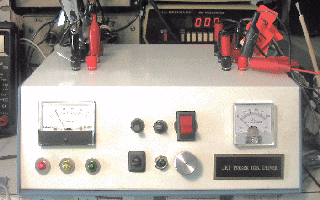
The 10K Driver and associated Lattice-Assisted Nuclear Reaction (LANR) system offer improvements beyond those of the JET MIT ICCF-10 Demonstration (Cambridge, August, 2003).
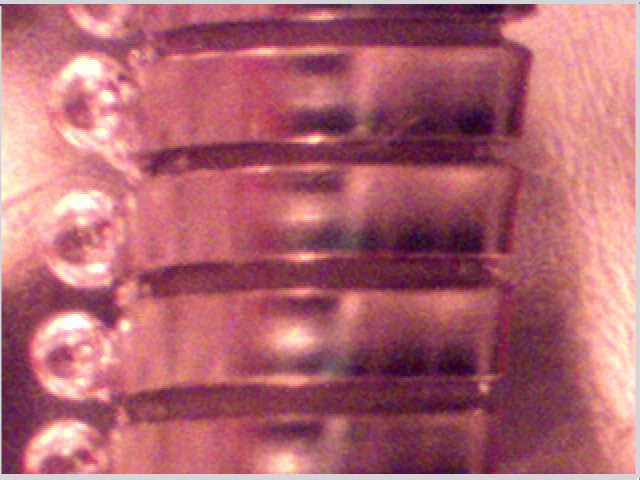
PHUSOR™ Electrode Close Up Revealing Asymmetric Electrolysis
This figure demonstrates an important finding of this system - asymmetric electrolysis which is seen on only one side of the cathode (which is facing the anode). In this high voltage system (~1500 volts), videos (including those shown at ICCF-10 by Dr. Mitchell Swartz, of which the above figure is a single frame grab) have demonstrated that cathodic electrolysis bubbling occurs, if the conditions are appropriate, almost solely on the anode-side (left hand portion of the spiral wound cathode in the photo) of this PHUSOR™ electrode.
Thermal Spectroscopy deconvolves to Power and Integrated Energy
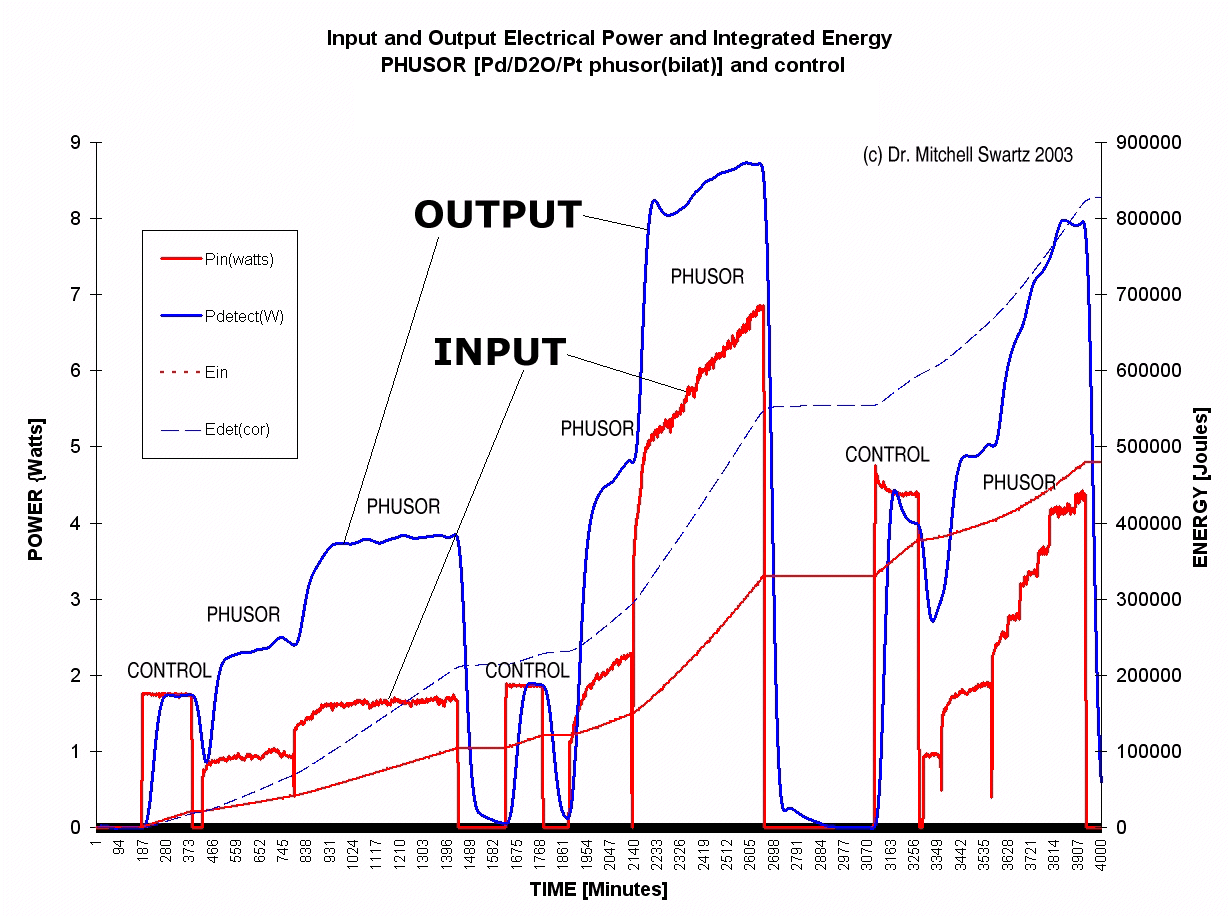
Input electrical power and observed output heat power
(and energies) as a function of time
for the Phusor™-Spiral Metamaterial LAT (Lattice-assisted technology)
system and the electrical control
This figure shows the output of a moderate performance LAT system. The figure is a graph which has four curve.The graph shows the input electrical power and observed output heat power as a function of time over several days, both for the heavy water deuteron-loaded system and for the electrical control. Also shown, are the integrated input energy and integrated energy output of both the cold fusion device and the control, over several days.
- It should be noted that the observed output power is much greater for the deuterium-loaded system as compared to the thermal (joule) controls. There are two additional energy curves in the figure that corroborate the excess heat of the deuterium-loaded palladium system compared to the control. The figure shows the integrated energy curves.
- The figure shows that in this run, there was an excess heat developed of more than 300,000 joules compared to the control.
Swartz. M., "Consistency of the Biphasic Nature of Excess Enthalpy in Solid State Anomalous Phenomena with the Quasi-1-Dimensional Model of Isotope Loading into a Material", Fusion Technology, 31, 63-74 (1997)
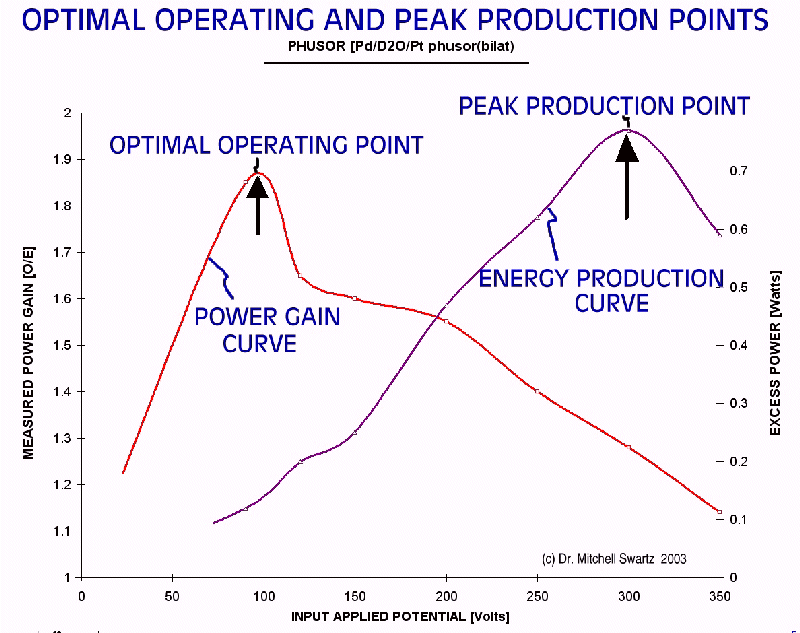
Optimal Operating Point and Peak Production Point
In a Pd/D2O/Pt Phusor(TM)-Spiral Electrode System
The figure shows power gain and the energy production curves for a JET Palladium Phusor™-electrode as a function of applied voltage across the device. As Dr. Swartz has demonstrated in several Lattice-Assisted Nuclear Reaction (LANR) systems, an optimal operating point can be seen. This narrow peak (maximum) of the power gain and production curve for the products is observed for the desired reactions (heat and trace amounts of helium-4) as a function of input electrical power. Driving with electrical input power beyond the optimal operating point does not improve the production of the desired product or power gain, but instead yields a less than desirable falloff of the production rate and power gain with increasing input power.
![]()
Swartz. M., G. Verner, A. Frank, H. Fox "Importance of Non-dimensional Numbers and Optimal Operating Points in Cold Fusion", Journal of New Energy, 4, 2, 215-217 (1999)
Swartz, M, "Optimal Operating Point Characteristics of Nickel Light Water Experiments", Proceedings of ICCF-7 (1998)
Swartz. M., "Biphasic Behavior in Thermal Electrolytic Generators Using Nickel Cathodes", IECEC 1997 Proceedings, paper #97009 (1997)
Energy Production and Lattice Assisted Technology
THE MIT ICCF-10 OPEN DEMONSTRATION
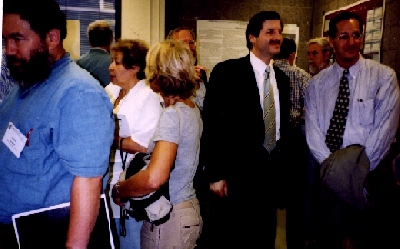
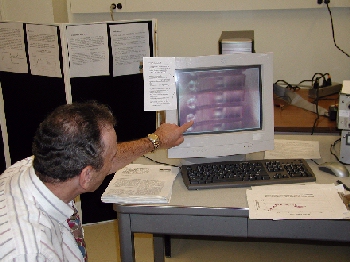
The demonstration of Lattice-Assisted Nuclear Reaction (LANR) at ICCF-10 ran several days using a JET Energy, Inc. driver and demonstration unit [August 25 through August 29, 2003 at MIT, in the Department of Electrical Engineering]. For those who attended the demonstration over any reasonable amount of time, the demonstration unit also clarified the presence of the optimal operating point. The optimal operating point is important because it showns that there is a limit to the performance of any heavy water device.
- The demonstration system showed an optimal operating point with peak excess power ratios of circa 2.7.
- The mean excess power gain (compared to an ohmic joule control) during the week was 2.30 +/-.84 for electrical input powers of 120 to 750 milliwatts.
- The system developed 338 +/-67 milliwatts of excess power.
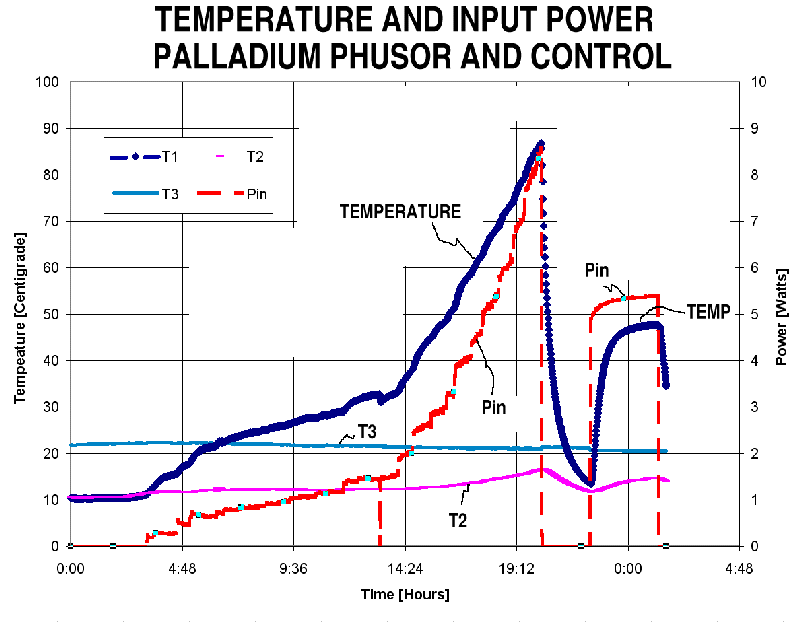
Reaction container's core temperature and input electrical power
![]()
Swartz, M, "Improved Electrolytic Reactor PerformanceUsing
p-Notch
System Operation and Gold Anodes, Transactions of the American Nuclear
Association, Nashville, Tenn Meeting, (ISSN:0003-018X publisher LaGrange,
Ill) 78, 84-85 (1998)
Swartz. M., "Patterns of Failure in Cold Fusion Experiments",
Proceedings
of the 33RD Intersociety Engineering Conference on Energy Conversion,
IECEC-98-I229, Colorado Springs, CO, August 2-6, (1998)
Lattice-Assisted Nuclear Reactions (LANR) are real. With the right training, proper equipment and materials, it can be used safely to generate heat with improved efficiency. JET Energy, Inc. can maximize the likelihood of observing these phenomena and of recording both the input and output powers and energies.
Lattice-Assisted Nuclear Reactions (LANR) are important.
- As discussed by the late Dr. Eugene Mallove, [21st Radio, May 2004] "One important implication of cold fusion is that there are, at least, 300 gallons of gasoline equivalent in every gallon of ordinary water. If you take the heavy hydrogen contained in one gallon of water, normal water that you drink, or get at the pond or the lake or the ocean, and fuse that heavy hydrogen into helium, which is what is happening in cold fusion. This gives you heat, and that amount of heat is the equivalent of 300 gallons of gasoline. That means that in only one cubic kilometer of ocean, we have the energy equivalent of the entire known oil reserves on Earth. And that means total energy independence from any localized supply of oil plus the environmental benefit of not producing CO2 and other noxious pollutants."
- As discussed briefly by Nobel Prize Winner, Brian Josephson in the Independent (UK) [August 2004] also states that cold fusion is real and can be used safely to generate heat with improved efficiency. In the open-minded Letters to the Editor of the Independent, regarding "Fusion alternative to fossil fuels". Prof. Brian D. Josephson wrote:"Fusion alternative to fossil fuels"
Sir: In regard to the letter of xxx xxxxxxx (1 June), nuclear fusion already works: the way to make it work was demonstrated 15 years ago by Stanley Pons and Martin Fleischmann but an inadequate, poorly analysed experiment by rival workers specialising in high-temperature fusion led to the scientific community concluding that "cold fusion" was a delusion, and to the suppression of such investigations. Research continued in some laboratories nevertheless, and on a recent visit to the US I visited one, witnessing an apparently well-designed experiment where the heat energy output was some 40 per cent in excess of the energy put into the system. Total energy excess amounted to 48 kilojoules per cubic centimetre of electrode, an amount significantly greater than can be accounted for by any of the non-fusion mechanisms suggested by the sceptics. It should be feasible, according to Dr Mitchell Swartz of JET Energy Technology, the scientist in charge of the experiment, to scale up this process to provide a source of energy on a large scale that does not generate greenhouse gases and is radiation free. In frustrating such a development, the scientists who denounced the original cold fusion research appear to have done mankind a grave disservice."
Professor Brian Josephson
Department of Physics, University of Cambridge
"Pathological Disbelief" Prof. Josephson
"Science in neglect" - Lietz
Dr. Brian Josephson's Page
- Additional scientific background:
- "Cold Fusion - Problems, Progress & Prospects" August 25, 2003 ICCF-10 - David J. Nagel (mp3; 10 Megabytes)
 JET Energy, Inc.
JET Energy, Inc.